Inventory is one of the largest expenses for many organizations, which is why most companies are keenly aware of inventory levels. Before computers, tracking inventory involved single-stage calculations done by hand per item, per location. This made it difficult, if not impossible, to attain true visibility across large supply chains. The debut of the Universal Product Code (UPC) in the 1970s sparked a revolution in inventory efficiency — first within the grocery industry and then other retail establishments. Handwritten inventory processes were gradually replaced by barcode scanners and computer data entry.
The inventory systems of today are, in comparison with these early methods, highly sophisticated, and are now capable of multi-stage, multi-site management, tracking, and analytics. The software market is saturated by diversity in scale, purpose, and functionality, which makes the buying process extremely complicated.
To find the perfect inventory management system for your business, use our Product Selection Tool by clicking on the banner at the top of the page. Answer a few questions, and you’ll get a short, unbiased list of software recommendations tailored to your company’s needs.
-
- Which Inventory Management software is right for your business?
- Find out now
Choosing inventory management software
In this article...
Compare the best inventory management software of 2022
| Product | Cloud-based | IoT Integrations | Mobile App | AI and ML |
|---|---|---|---|---|
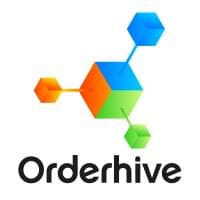 |
Yes | No | Yes | No |
 |
Yes | No | Yes | No |
 |
Yes | Yes | Yes | No |
 |
Yes | No | Yes | Yes |
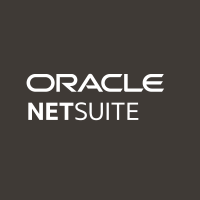 |
Yes | Yes | Yes | Yes |
 |
Yes | No | Yes | No |
 |
Yes | No | Yes | No |
Solutions for inventory management come in a variety of packages. Some are simply standalone applications for recording stock levels, though these are less popular due to limitations in visibility and management. Most buyers only consider a standalone application to supplement an existing business management system lacking inventory features.
Orderhive
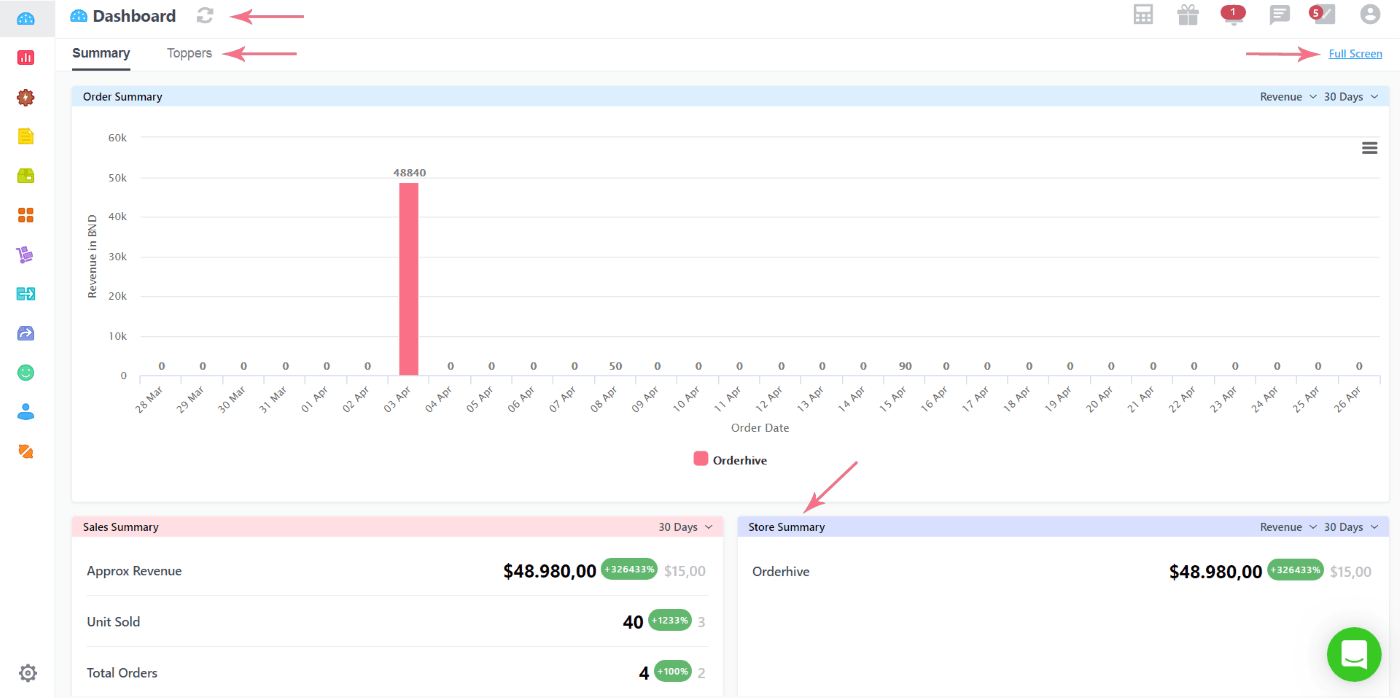
Orderhive is a cloud-based inventory management system built for e-commerce businesses. It helps companies manage their warehouses, inventory, purchases, returns, and shipping for better tracking and visibility into their entire operation. The mobile application makes it easy to manage inventory on the go, and there are hundreds of integrations to choose from. There are several different pricing tiers to choose from, including a free plan for Shopify users, making it a great option for small businesses.
Xero
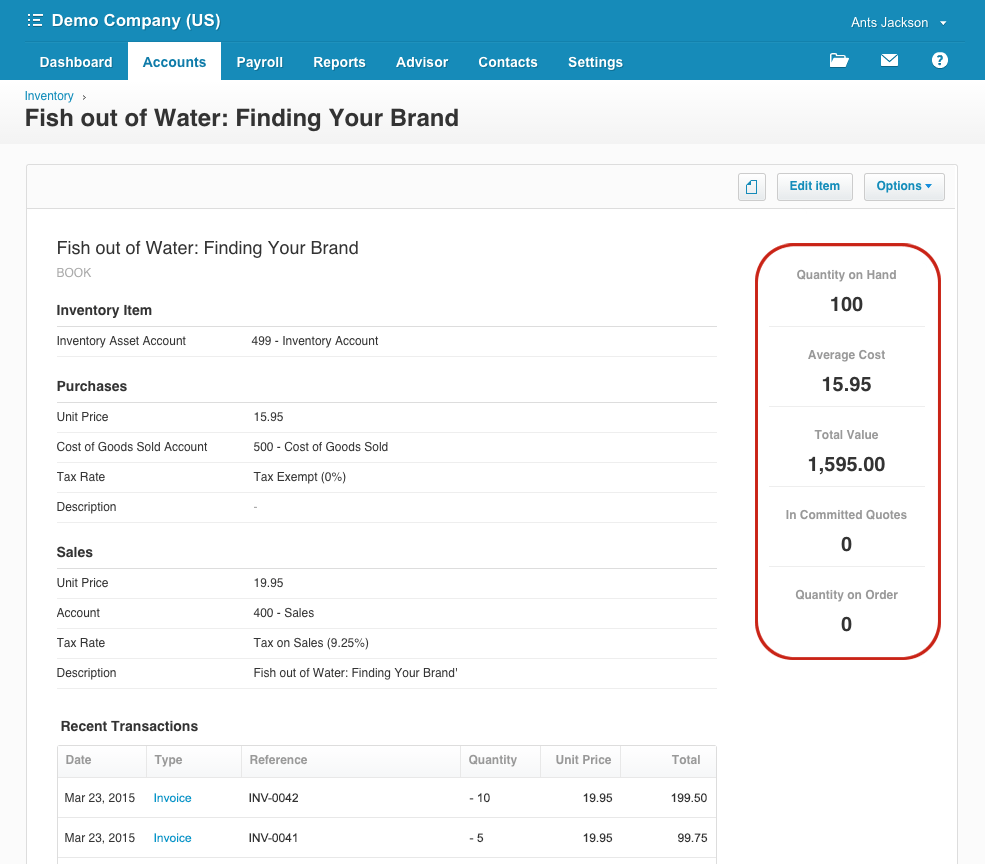
Xero is an accounting software solution with robust inventory management features. The combination of accounting and inventory control tools allows businesses to simplify their sales tracking and financial reporting by consolidating inventory data into a single dashboard. Because it’s an accounting system first, it may not have as many inventory tracking features as standalone solutions. Additionally, the features it does have are probably better suited for businesses that sell the product, rather than make it.
UpKeep

UpKeep is a computerized maintenance management software (CMMS) that uses inventory management to simplify field services. The tool allows businesses to oversee their purchasing and parts consumption activity and ensure they have enough inventory in stock at all times. Barcodes make it easy to differentiate between similar parts, while integrated business intelligence helps organizations reduce the cost of the parts. This system is best for maintenance teams and manufacturers, rather than retailers.
Zoho Inventory
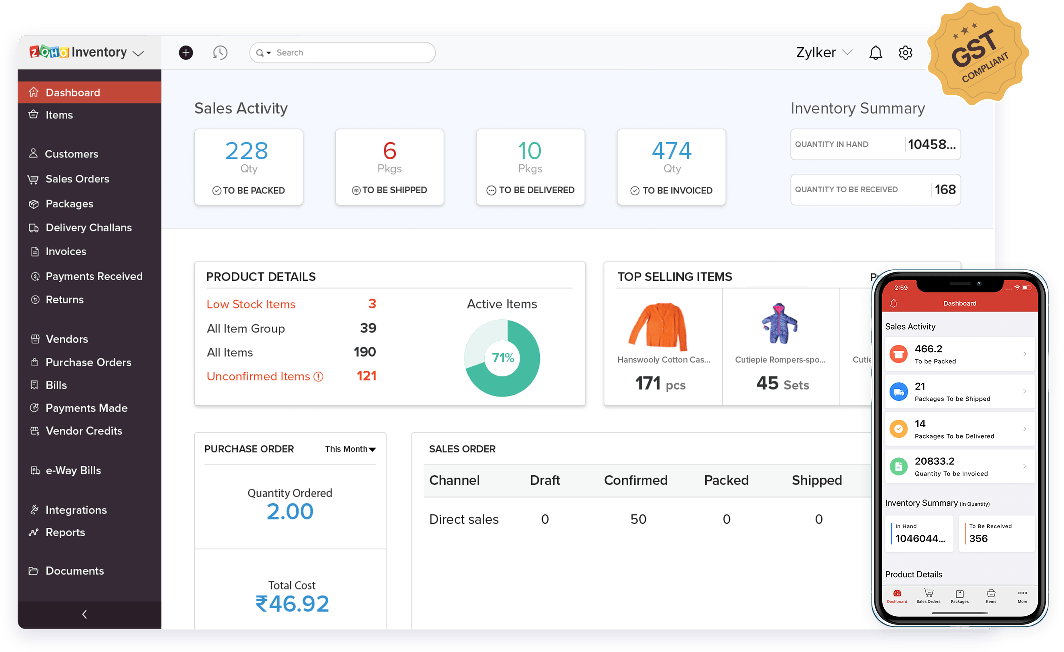
Zoho Inventory is an inventory management system that integrates easily with the other applications in the Zoho suite for a cohesive business experience. It is built for retailers and works well with Amazon, Shopify, Etsy, and eBay. Zoho manages the entire order lifecycle, including sales, invoicing, and shipping. And with barcode scanning, the software auto-fills much of the necessary information to ensure the right items are packed and shipped. It can even auto-generate SKU numbers for your products to reduce manual work.
Oracle Netsuite

Oracle Netsuite is an ERP system with a complete set of inventory management features. It provides enterprise businesses with a full suite of products, helping them streamline and automate their business processes. Businesses can track a single warehouse, or they can monitor and share inventory between locations to reduce delivery costs by shipping products from the closest warehouse to the customer. Using the cycle counting feature, businesses can categorize inventory based on how often they sell it or the value to keep the correct amount available.
inFlow Inventory
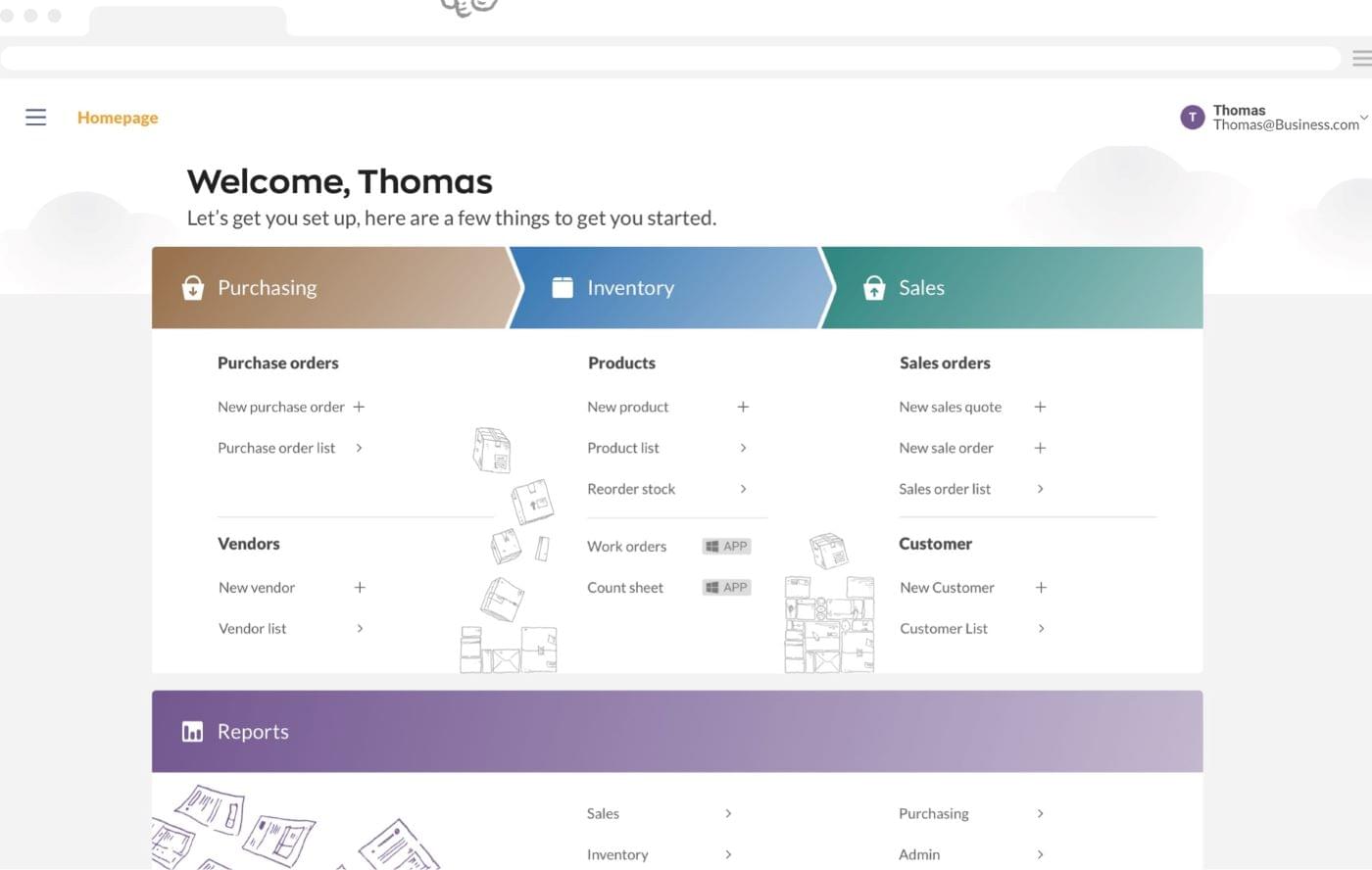
An easy-to-use inventory software, inFlow Inventory provides features for barcoding, purchasing and receiving, selling and invoicing, and manufacturing to streamline operations. There are three plans to choose from, and companies have the option to add smart scanners, which are specially designed Android smartphones that include a laser scanner. This gives businesses the option to create sales orders on the go and update inventory in real-time as their team pulls items. inFlow Inventory works well for both retailers and manufacturers.
QuickBooks

QuickBooks offers inventory software that automatically provides real-time updates on inventory quantities as you receive purchase orders. Order management tools help you keep track of backorders and reorder stock when you get low. By syncing with multiple sales channels, including Etsy, Shopify, and Amazon, you can keep your inventory levels accurate wherever you sell your products. It also works well as restaurant inventory management software because it tracks food costs, automates invoice approvals, and integrates easily with other systems, like Square Inventory.
What is inventory management software?
Inventory management software does as the name suggests; it makes it easier for companies to manage their inventory and ensure they always have what they need on hand. It tracks inventory levels as well as sales, material purchases, and deliveries, allowing businesses to forecast how much stock they’ll need and compare it against what they currently have. Inventory software reduces the time it takes for employees and business owners to analyze inventory levels and find the materials they need to improve efficiency.
Although the solutions from different verticals vary quite a bit, most inventory management systems help automate and control some or all of the following areas:
- Inventory balance optimization (maintaining the best mix and volume of items)
- Managing inventory costs
- Tracking inventory between locations via barcodes, serial numbers, or IoT devices that read radio frequency ID (RFID)
- Procuring new inventory
- Warehouse management
- Connecting product sales (in-store or online) to inventory levels
- Preventing spoilage and obsolescence
- Managing fixed assets (equipment, facilities, vehicles)
- Demand forecasting and planning
- Accurate financial reporting
To get the best tool for your business, decide which of these functional areas are important to your business and select software with strong tools in those areas. There are also more general traits for effective inventory software that will help you keep up with competitors and reap a greater return on your investment.
Consider choosing a system that integrates with or includes other back-office systems, like point-of-sale (POS), customer relationship management (CRM), and accounting software. Inventory management enables better execution of other business processes, like sales, marketing, and service delivery. Integration with accounting systems is especially important since accurate reporting and tax procedures affect your investors, financial planning, and regulatory compliance.
Key features of inventory management software
Most inventory control systems offer the following features to optimize inventory management and provide better insights into the business.
Inventory Optimization
Although inventory management software takes many forms, all of them serve the central purpose of inventory optimization — maintaining the right amount of the right items stocked in the right locations within a supply network. Optimization is about balancing the need for product availability while reducing human error and storage costs. On average, people make one typo for every 300 characters they type — an average of 18 mistakes every hour. Barcodes reduce this number by automatically filling in information once an employee scans it. But inventory optimization isn’t just about cutting down on errors. There are a number of other key benefits, including:
- Reduced overhead cost (for storage, maintenance, expiration of products)
- Increased customer satisfaction (uninterrupted delivery of products and services)
- Maximized warehouse space and operations
- Ability to anticipate fluctuations in supply and demand
Outside of the retail/sales model, inventory optimization is also useful in manufacturing — for management of materials, resources, and fixed assets — and service management — to supply the materials for service delivery and connect price with actual materials cost.
Inventory tracking
Companies need to know exactly how much stock they have of each inventory item at all times, which is why inventory management systems include inventory tracking features. Inventory tracking uses stock keeping units (SKUs) to identify which items you have in your warehouse, where they’re located, and how many of each you have. Being able to track inventory in real-time is essential for production teams, e-commerce businesses, and companies with multiple warehouses.
An inventory management software solution tracks current stock, stock coming in from suppliers, and orders that customers have returned to ensure accurate numbers. The system also allows businesses to mark goods as damaged and remove them from the count to ensure they don’t sell more quality product than they have. It should also act as a reorder point, allowing them to quickly submit a new purchase order when their stock levels get low.
Alerts
Most inventory management tools also send alerts when stock is getting low on a certain SKU, so companies can order more. Additionally, supply chain managers can get alerts when customers return products or when a supplier has shipped more stock of an item. Those alerts can come in through email, text message, or mobile device notification depending on how your system is set up.
Reporting
To make tracking easier, inventory management systems also provide reports on current stock levels, the effectiveness of your current purchasing strategy, production cycle metrics, and sales.
Purchasing reports
Purchasing reports display the average lead time for your suppliers, how many of the orders are delivered on time, and any product that you return to your suppliers. With this information, you can determine which of your suppliers are meeting your needs and if there are any you need to consider replacing.
Production reports
Production reports highlight the efficiencies and inefficiencies in your production cycle. The report will display how long it took to get from raw materials to finished goods, any idle time in the process, the largest amount of goods possible vs. what is actually produced, and any waste that your process is generating. These metrics help you shave overhead costs to improve revenue.
Stock reports
Stock reports show any discrepancies in inventory levels, your average inventory turnover rate, and backorder and fill rates. These reports help you determine how much inventory you should have on hand. Additionally, they can prevent you from over purchasing product with long average sell times.
Sales reports
Sales reports show you how much of each type of product you sold, how much the average customer spends, and what the average revenue per order is. With this information, you can determine which of your products performs best and discontinue any products that are costing you more than they’re making you.
Forecasting
Inventory forecasting ensures that you have just the right amount of stock available for your products. Using previous sales history, your inventory management software can make projections about how much of each product you’re likely to sell, so you can source the items you need. The platform can also identify seasonal sales trends to highlight likely purchasing spikes and crashes.
Regulatory compliance
Your inventory management system can also help you with your regulatory requirements. When dealing with items that need extra security like medications, many companies use RFID tags to control those products. Your inventory management system can track the RFID tags using IoT devices to ensure that controlled substances are closely monitored and that no one removes them from your warehouse without approval.
Benefits of inventory control tools
Inventory management solutions offer many advantages, including saving money, improving efficiency, and increasing ROI.
More accurate inventory views
Inventory management systems provide more accurate inventory views than manual tracking methods because they update in real time. As soon as a product is sold, the software updates the total count to prevent overselling. It will also automatically update product levels when items are returned without needing input from employees.
Better insights
Along with higher accuracy, inventory management software also gives companies better insight into their production processes. Businesses can use the reporting features to see inefficiencies in their production line and improve them to lower their overhead costs. Additionally, the reports that the inventory control system generates can help organizations determine which products they should focus on and if there are any they should stop offering.
Cost savings
Inventory management solutions can also provide cost savings to businesses. With predictive forecasting, companies know approximately how much stock they’ll need to have. This prevents the business from overspending on stock, and it means that the stock they do have won’t go to waste. Companies can also ensure that they are making the best use of their warehouse space.
Improved customer experience
With the tracking and order management capabilities that inventory management systems offer, businesses will no longer sell products that they don’t actually have in stock. That keeps deliveries fast for customers, improves their experience, and keeps them coming back. The system also provides tracking numbers for deliveries, so customers will know exactly when they should expect their products to arrive.
Inventory management software market trends
Recent trends in the inventory management software market have improved systems as a whole and provided a lot of added value for the businesses that use them.
Addition of artificial intelligence
Most inventory management systems now include artificial intelligence (AI) to improve inventory control practices, order management, and predictive analytics. AI analyzes historical data to predict future sales of a product, and then it ensures that the current inventory levels match what the company needs to meet those demands. If it doesn’t, the AI can initiate a new order with suppliers to ensure the product arrives in time for production.
Increase in IoT devices
As companies increase the number of internet of things (IoT) devices they use, inventory management software has evolved to integrate with these devices. Companies can use IoT devices to measure conditions in their warehouses, including temperature, movement, and light to ensure that inventory is kept under the right conditions. Those measurements are sent to the inventory management system, which then makes necessary adjustments when possible or alerts relevant personnel. Sometimes, companies will also add IoT devices to the stock itself, using GPS to track its location, especially across long distances.
Distributed inventory management
As businesses expand and add more locations, inventory control tools need the ability to track inventory levels across the entire company. Companies can use their inventory management system and RFID tags to track the number of products at each location and redistribute them as necessary. The ability to track across locations cuts down on the need for shared warehouse space and allows companies to use their storefronts as extra storage space. For example, a company like Target with both online and physical store locations could ship directly from the store closest to the customer where the product is available and automatically update the inventory counts.
Omni-channel inventory control
Businesses have had to adapt with omnichannel inventory management practices as customers require the ability to shop online. Between physical and online sales, inventory control systems must update product counts in real-time to prevent an online customer from purchasing something that just sold out in-store. Additionally, a customer that wants to pick an item up in-store will need to see which stores have what they want in stock, and an inventory management app can provide those details.
Common use cases for inventory management systems
Let’s take a look at the three major software verticals for inventory management and some examples of leading solutions in each.
1. Retail & Small Business
Small businesses tend to use inventory management software mostly on the front end, in a sales and fulfillment capacity (depending on whether the establishment is bricks-and-mortar or based online). They usually choose solutions that help them manage stock levels per one location, with the ability to automate replenishment and make special order requests as necessary. Since efficiency is paramount on a smaller business budget, it’s also important to be able to remove unwanted, obsolete, or defective items from stock and return them to vendors.
Many retail stores or establishments with only one or two locations opt for a POS system or accounting software with integrated inventory management. Those that also or exclusively sell online may look for e-commerce inventory management software. A system with all of the above is usually classified as a retail management system (RMS), although there are different labels depending on the vendor.
2. Warehouse/Supply Chain Management
If retail establishments are the front end of the inventory journey, supply chain management is the infrastructure that moves products. Most warehouse inventory management software features found in SCM systems focus on managing the flow of products between suppliers, warehouses, and customers or stores. Supply chain managers are often tasked with the responsibility of matching inventory levels with customer demand in order to optimize costs. This is extremely important when it comes to vendor-managed inventory because the business doesn’t physically have the stock in its possession.
3. Enterprise Resource Planning
Enterprise Resource Planning software is a large-scale business management solution designed to orchestrate processes across an entire organization, from product planning to manufacturing, marketing and sales, inventory management, fulfillment, accounting, and even human resources in some cases. Although inventory management is only one element of ERP, many large companies — and even smaller companies with globalized networks — are attracted to ERP for its comprehensive approach and company-wide visibility. Inventory management within ERP starts with materials planning and asset tracking in manufacturing and extends to warehouse management, detailed accounting, revenue recognition, and powerful analytics.
Finding the best inventory management software for your business
Choose a system that works in real-time and is flexible, scalable, and transparent to users. Your inventory is not a fixed entity, but rather a living, breathing organism subject to continuous fluctuation. It’s important that your software be responsive to these changes and keep every user updated in real-time, while also allowing for growth in overall infrastructure (new warehouses, employees, and store locations). For this reason, many companies today opt for cloud-based solutions, although these are certainly not the only option.
Use our Product Selection Tool at the top of the page or call our Technology Advisors at 877.702.2082 to find the best inventory management system. In as little as five minutes, you can get a customized list of inventory control tools that will be perfect for your company.